The N.A.F. SBN (initially Brewster SBA-1) was the first model of the infamous company that signed the much maligned Buffalo and plain mediocre Buccaneer. This three-seat mid-wing monoplane which first flew in 1936 as XSBA-1 was designed as a scout bomber/torpedo aircraft, to be built later under license by the Naval Aircraft Factory in Philadelphia, Pennsylvania. Its landing gear was similar to that on the Brewster F2A Buffalo fighter but it had non-folding wings with perforated flaps. NAF delivered 30 SBN in 1940, which only saw service on USS Saratoga (CV-3). Already obsolete, they were assigned to VT-8 and passed on for use as trainers aboard USS Hornet (CV-8), and due to the lack of spares, retired in August 1942.
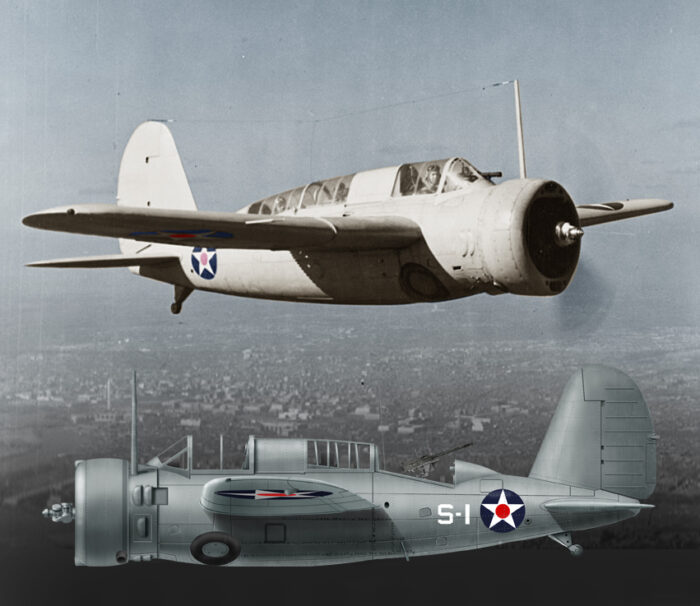
Development
Brewster started its existence as an aircraft parts manufacturer in Long Island, New York. It notably manufactured hulls for Loening amphibians, starting a connection with naval aviation early on. The company was consolidated in 1932 by James Work, an aeronautical engineer, which bought the division for US$30,000 to create the Brewster Aeronautical Corporation and soon hired the very talented chief engineer Dayton Brown. Under Work, the company had the ambition to compete against Curtiss, Loening, Boeing, Great Lakes and Grumman in the recent business of naval aviation. In 1934, Brown designed the company’s first fully grown model, the two-seat scout-bomber Brewster SBA for this. It was not a private venture though.
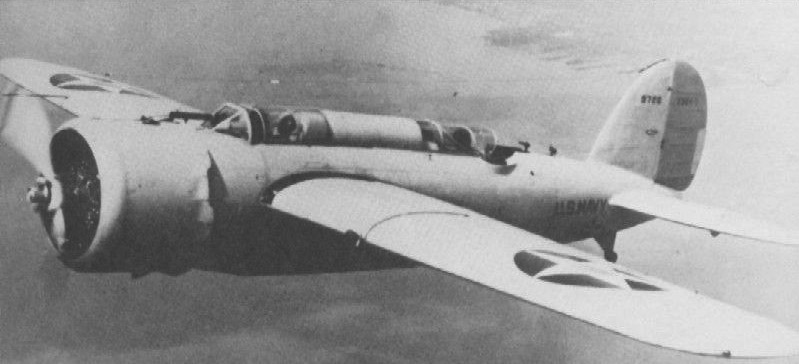
Brewster XSBA-1, 1936 prototype
Indeed, the United States Navy issued specifications for a modern “scout bomber” in January 1934. Brewster won the competition with its very modern package as a mid-wing monoplane with fully enclosed cockpit, powerful engine, retractable undercarriage and sleek design and promising performances on paper. The Navy ordered a single all-metal prototype which was designated XSBA-1 on 15 October the same year. Brown created a two-seat, single-engine monoplane featuring in addition of the above, for the first time, an internal bomb bay, large enough for a 500-pound (227-kg) bomb. The bomb bay was at the time a rarity and an idea to reduce drag, maximize performances. This made the design undoubtely looking ahead of its time. The rear crewman had a flexible machine gun to protect the tail.
The prototype XSBA-1 first flew on 15 April 1936, being delivered to the Navy, to start a serie of tests. It came out with a powerful (for the time) Wright R-1820-4 Cyclone 770-horsepower (570-kilowatt) engine and managed to reach a top speed of 254 mph (409 km/h) for an estimated range of 1,000 miles at cruising speed. This was good as many fighters of the time struggled to reach that speed. The symbolic range was on taxiing mode, without payload, but still satisfying for reconnaissance.
However, despite the prototype stellar performances, minor problems were found. Many months, almost a year after this maiden flight, Brewster returned with a modified XSBA: It adressed most issues found by the Navy and introduced a redesigned tail and rudder for more stability (a common occurence at the time). There were also addition proper to navy service, making the prototype close to 130 kgs heavier. To compensate the performances degradation, it was upgraded in between to the more powerful Wright R-1820-22 Cyclone, capable of 950-horsepower (710-kilowatt). The maiden flight in 1937 of this new prototype saw it achieving the unheard of top speed of 263 mph (424 km/h) making it the fastest single-engine bomber in the world at that time.
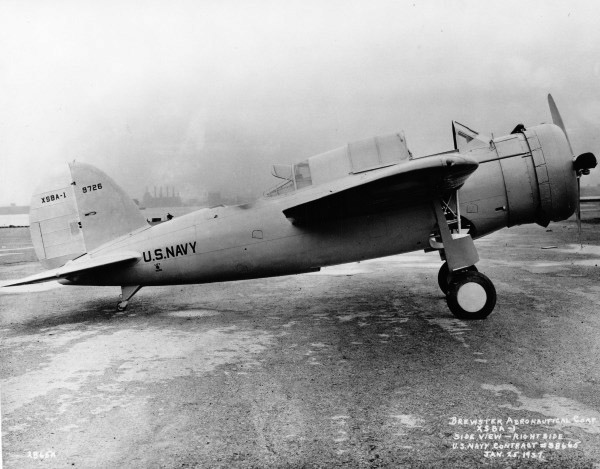
Brewster XSBA-1 modified prototype, 1937
However it’s at this point that the story became awry. The model would have been a fantastic addition to the USN if introduced in 1938. However, since Brewster was now busy developing and producing the Brewster F2A Buffalo fighter also very moder and very promising, the company was completely unable to manufacture the SBA-1. There was just no capacity for it. The Navy thus acquired a license to produce it at the state-sponsores, Navy-owned Naval Aircraft Factory. The time to procure tolling, blueprints sets, and instructions, production was scheduled to start FY1939 whe the Navy placed an order on September 1938, for 30 production aircraft, renamed the SBN-1, “N” standdinfg for Naval Aircraft Factory (NAF).
However timing conspired on this too. NAF originally had been created as a counterweight to private companies, testing new aircraft designs in a business-free, more “public service” way, and enabling the navy to tell how much the reality diverged from these companies assessents as well to directly compete with these in order to lower the bids. However in any case, NAF was never setup for mass production, it had very limited capacity and its production methods were somewhat archaic. The competition of other parallel production meant that the SBN-1 was delayed into production time and again, in 1939, 1940 and eventually… November that year for the first SBN pre-production model. It was tested, modified, and at last production started but dragged on still, with the remaining 29 aircraft being delivered between… June 1941 and March 1942. Meaning that the design was now eight years old (1934), which at that time in aeronautics, was fatal.
Design of the SBN-1
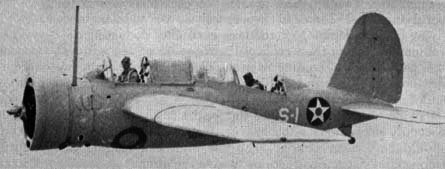 The final SBN-1 kept the same basic design for the essentials, it was an harmoniously designed model but with a mid-mounted wing, tail and rudders all very close to the Buffalo design, which followed suite. I had a deep, tapering fuselage and powerplant conventionally set at the front, single stage radial with a large opening NACA type short fairing, which combine with the pilot’s cabin forward of the wing, gave it a peculiar look, recalling in some ways the Vought Kingfisher. The pilot and crew sat under a greenhouse style canopy with three folding sections. The Navy required to include a navigator to crucially help coming back to base or carrier while over sea up to the horizon, without landmark. This made the interior a bit more “busy”, and urged a longer greenhouse.
The final SBN-1 kept the same basic design for the essentials, it was an harmoniously designed model but with a mid-mounted wing, tail and rudders all very close to the Buffalo design, which followed suite. I had a deep, tapering fuselage and powerplant conventionally set at the front, single stage radial with a large opening NACA type short fairing, which combine with the pilot’s cabin forward of the wing, gave it a peculiar look, recalling in some ways the Vought Kingfisher. The pilot and crew sat under a greenhouse style canopy with three folding sections. The Navy required to include a navigator to crucially help coming back to base or carrier while over sea up to the horizon, without landmark. This made the interior a bit more “busy”, and urged a longer greenhouse.
The navigator partially sat inside a fully enclosed space behind the pilot and the rear gunner was seated aft, with a down-folding canopy and retractable fuselage extension at its end, to free the rear fire arc for its single Browning air-cooled 0.3 cal. machine gun. The main landing gear was fully retractable, but not the fixed tailwheel. This undercarriage was retracted mainly into the fuselage, which was a Brewster feature clearly inspired by the Grumman F2F/F3F. There were low-set horizontal tailplanes, and the conventional rudder, like the wings, were all-metal. The single row Wright R-1820 Cyclone was powerful to move this all-metal beast at 950-horsepower (710-kilowatt), but by 1942, far better engines capable of 1300-1500 hp were readily available. Its commonality with the Dauntless (same engine) was however a plus for maintenance.
The wings had perforrated wings-flaps reminiscent of the Northrop and later Douglas SBD, for a lower descent rate for bombing missions, but if the model was tested, it was not tailored for dive-bombing. For this, in addition to the rear machine gun, there was a capacity for a single 500 Ib bomb, appreciable for 1934, far less imperssive in 1942. There was no forward firing MG, unlike the SBD and other models in 1942 as well, and most damning, no folding wings, which was a real issue for carrier use. It seems the associated mechanisms would have made the design evern more sluggish. Photos also fails to show the SBN-1 featuring a tail hook for carrier operations.
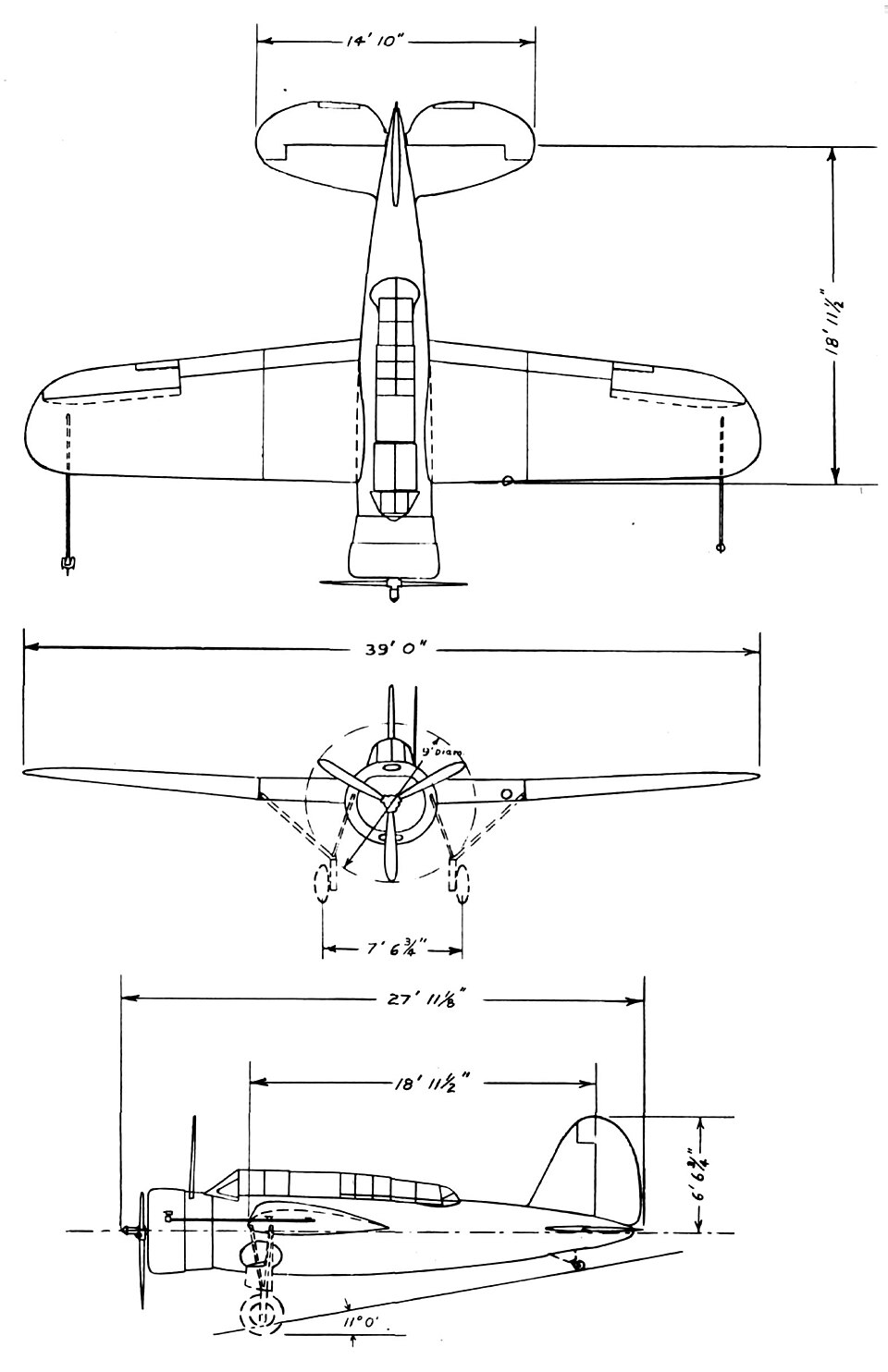
⚙ NAF SBN-1 specifications |
|
| Gross Weight | 3,759 lb (3,066 kg) |
| Max Takeoff weight | Unknown |
| Length | 27 ft 8 in (8.43 m) |
| Wingspan | 39 ft (11.89 m) |
| Height | 8 ft 7 in (2.64 m) |
| Wing Area | 259 sq ft (24.1 m2) |
| Engine | Wright XR-1820-22 Cyclone radial engine 950 hp (709 kW) |
| Top Speed, sea level | 254 mph (409 km/h, 221 kn) |
| Cruise Speed | Unknown |
| Range | 1,015 mi (1,633 km, 882 nmi) |
| Climb Rate | Unknown |
| Ceiling | 28,300 ft (8,600 m) |
| Armament | Rear .30 in (7.62 mm) MG, 500 lbs (227 kg) bombs |
| Crew | 3 pilot, navigator, gunner |
Operational History
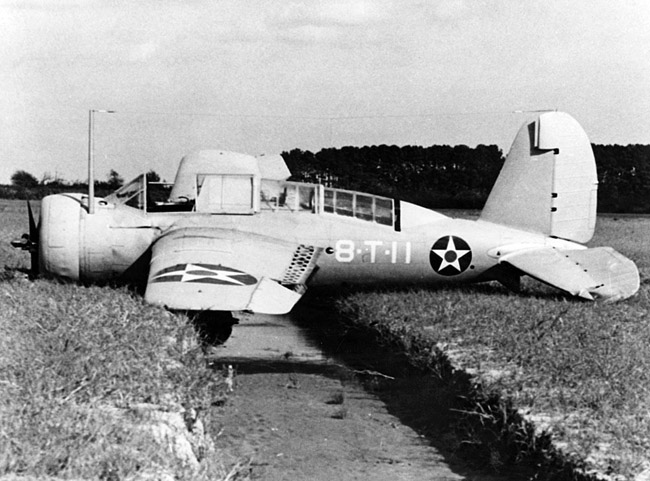
SBN-1 from VT-8 fall 1941, USS Hornet training TBD-1 Devastator pilots.
Just 30 of this model were manufactured, in addition to the Brewster prototype XSBA-1 (Bu9726, the 30 built SBN-1s being immatriculated in the Bu1522 to 1551 range. Once delivered, with war looming close, they were gradually assigned to Bombing Squadron 3 (VB-3), stationed aboard the aircraft carrier USS Saratoga (CV-3). The first squadron of 12 started training shortly before the attack on Pearl Harbor. But after December 1941, they were already considered obsolete. Brillant back in 1936, the SBN-1 was now considered a “dog”, with the addition weight required and compared to the competition. It stand no chance against the Zero for example. Some of the early production models ended for carrier operations trials, with Torpedo Squadron Eight (VT-8) in 1941, on land.
They were passed on for use as trainers, aboard USS Hornet (CV-8), also for a short time, replaced before she was requisitioned for the Doolittle Raid. The remainder were kept in a naval air station for extra training, and none ever saw combat. NAF did not produced much spare parts, whereas the production was completely reconfigured, so the models already in service by 1942 started to be gradually withdrawn from service as they could not repaired. The Saratoga squadron was reequipped after Pearl Harbor as well. By August 1942, the model was declared “limited standard” and officially removed from service. None survived, they were most likely sold for scrap, albeit the nimbler Brewster XSBA-1 was still used for tests in 1945 at NACA, mosty to test new fairings.
The NAF SBN-1 in the jungle of US naval aviation is now largely forgotten, just like the other Brewster derived from it, the Buccaneer, or the Consolidated Seawolf and others, just unlucky in the great scheme. Retrospectively the SBN-1 did not augmented the terrible reputation the company developed in the secnd world war, so much so it triggered a commission of enquiry and senate hearings postwar. This reputation was the cause of gross mismanagment of the company itself even after Work was fired, when the Navy took over control, not specifically of the models, albeit undert the new commercial team, the Buccaneer and the Buffalo ended as “mediocre” for their time, and received a lot of exposition.
But the SBN-1 in the whole story is completely overlook. It was a synthesist of solutions that would fund the design of both the Buffalo and Buccaneer, and back in 1934, was a very promising machine, as was the early Buffalo. Engineer Dayton Brown was a very talented guy, a graduate of the Massachusetts Institute of Technology, spending eight years at the Naval Aircraft Factory, in charge of production of the first USN dive bomber, first Lockheed metal airplane at the Detroit Aircraft Corporation and then executive vice president of Brewster Aeronautical Corporation in Long Island, Queens, and then in postwar development at the Grumman Bethpage plant and passed out in 1979 after a brillant career. The XSBA he created was arguably the most advanced naval bomber of its time, and the fastest, but was just the victim of circumstances, creating a 4 years delay of production, which was fatal given the frantic pace of aeronautical development at the time. Sound in the interwar, it was obsolete both in performances, features and role at the start of WW2. It was by no means a “bad design” and merely another big “whatif”. In many way its fate recalled the Seawolf, arguably better than the Avenger in many ways but delayed into oblivion and plagued by bad luck, shifting requirements and production priority.
Gallery:

NAF SBN-1 early production model, 1940.
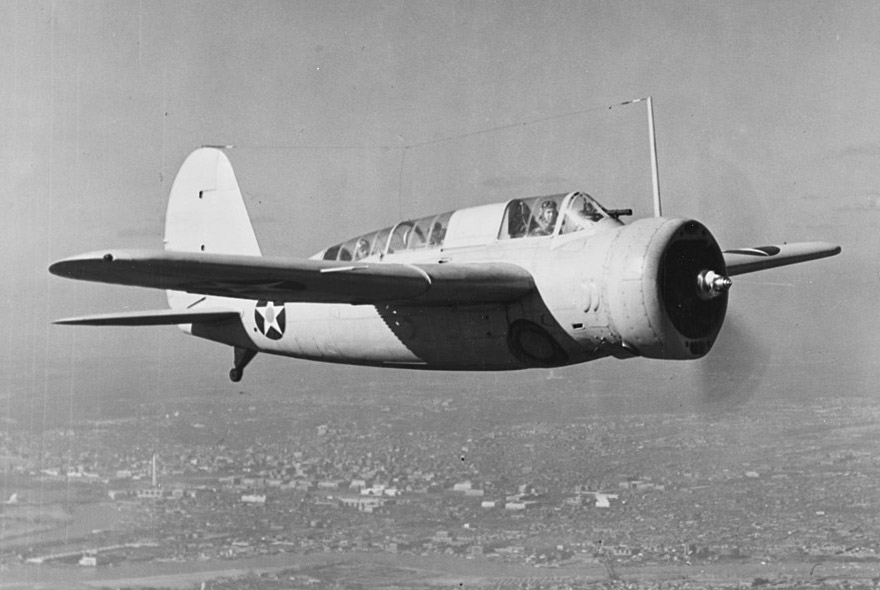
SBN-1 in flight over Washington DC February 1942
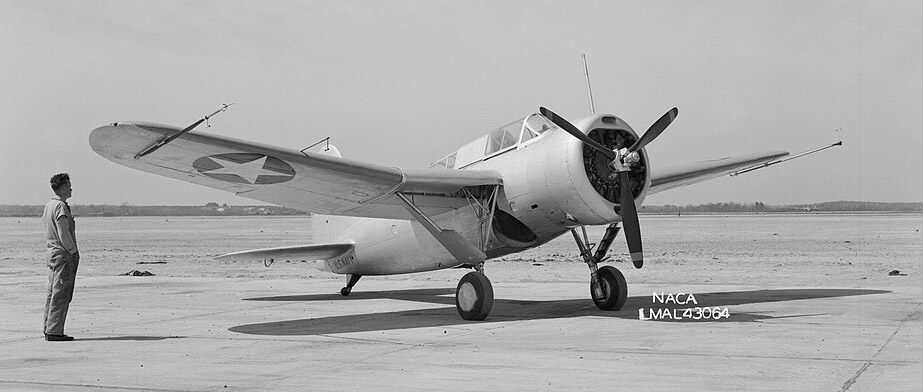
XSBA-1 at NACA, 1945
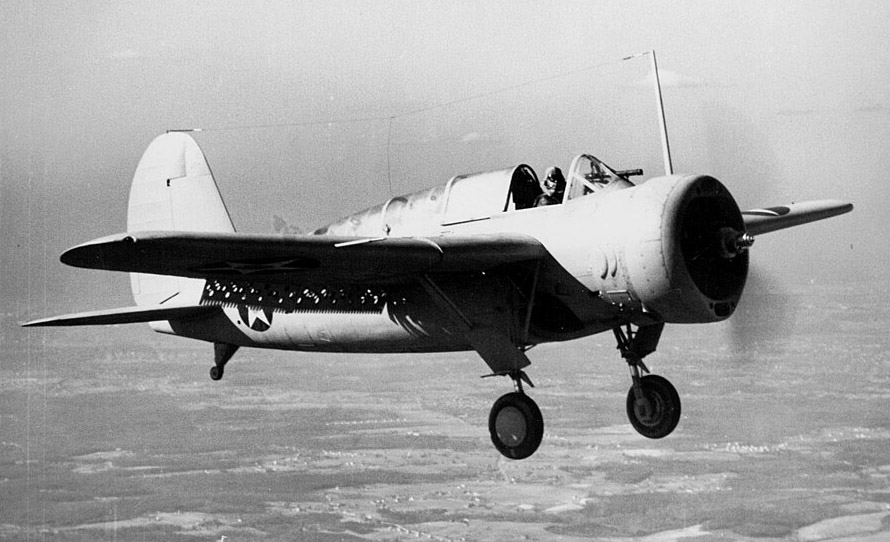
SBN-1 from VT-8 in flight ca1941
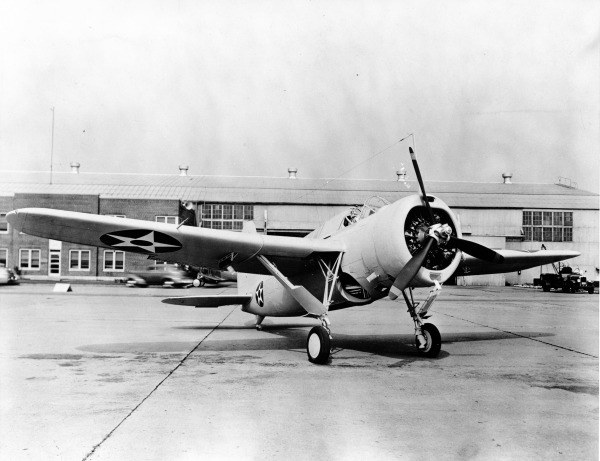
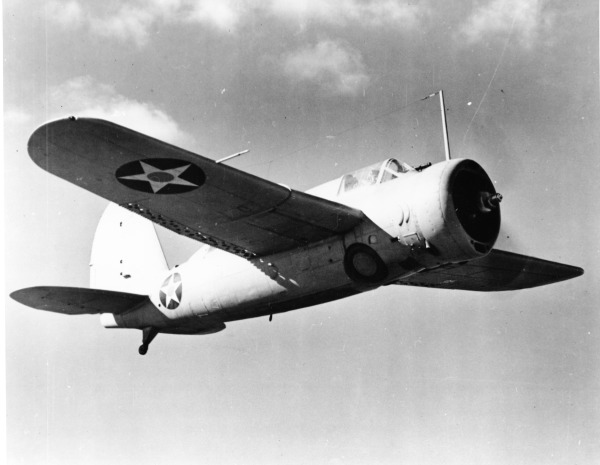

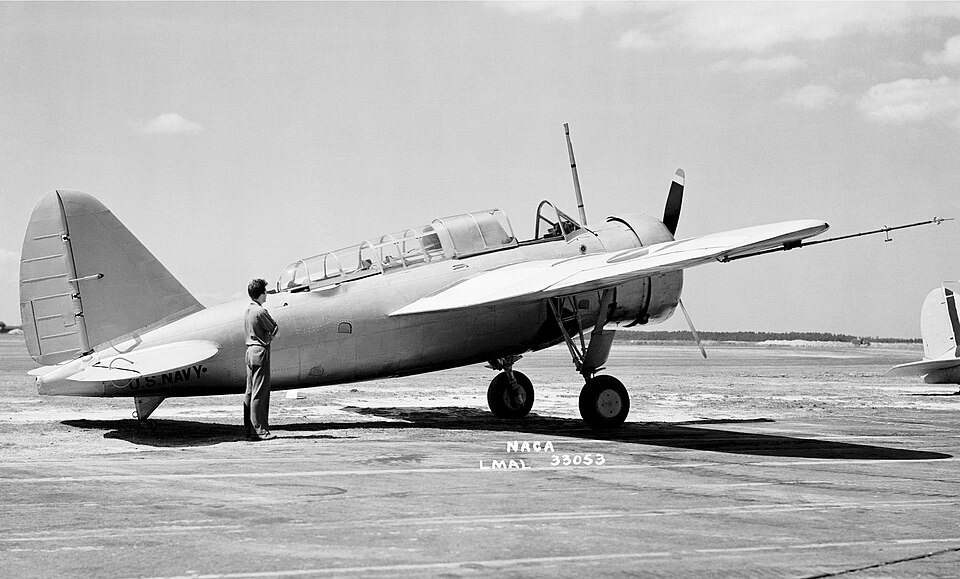
XSBA-1 at NACA 1943
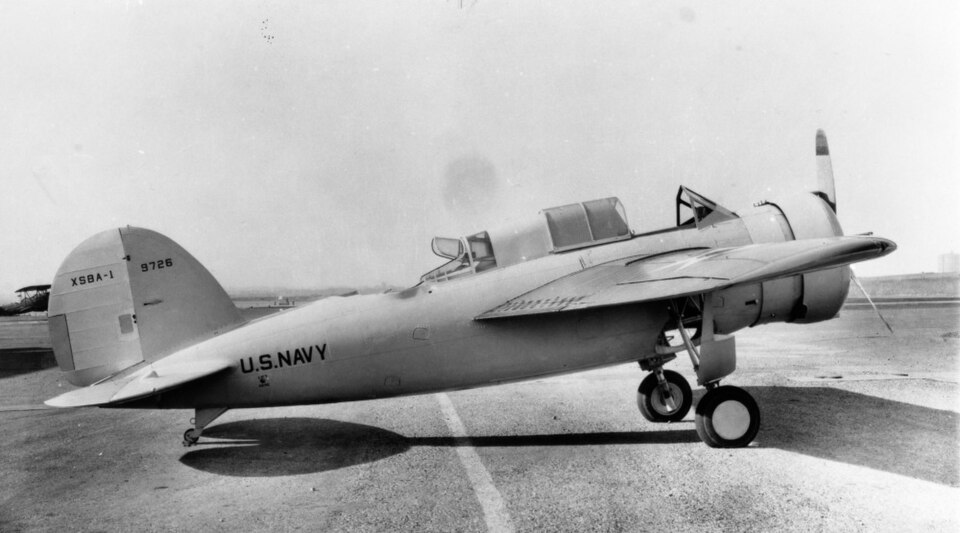
XSBA-1 maiden Flight 1938
Src/Read more about the FB.5:
Swanborough, Gordon and Peter M. Bowers. United States Navy Aircraft since 1911. London: Putnam, Second edition 1976.
Andrade, John M. . U.S Military Aircraft Designations and Serials since 1909. Leicester : Midland Counties Publications, First edition 1979.
destinationsjourney.com
history.navy.mil
usni.org
militaryfactory.com
/en.wikipedia.org
Brewster_Aeronautical_Corporation

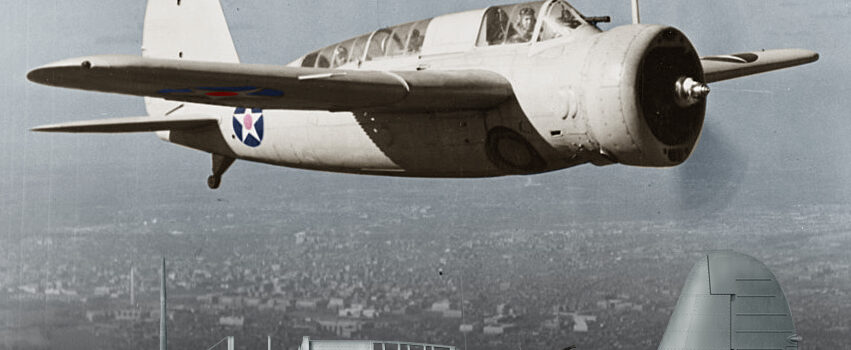
 Latest Facebook Entry -
Latest Facebook Entry -  X(Tweeter) Naval Encyclopedia's deck archive
X(Tweeter) Naval Encyclopedia's deck archive Instagram (@navalencyc)
Instagram (@navalencyc)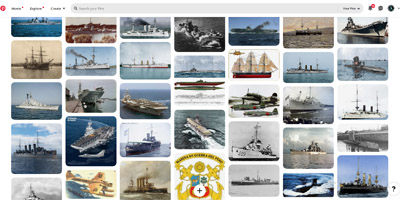

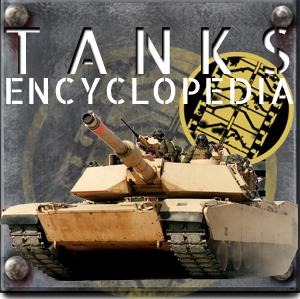
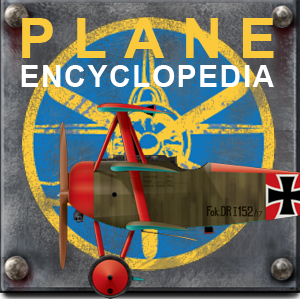
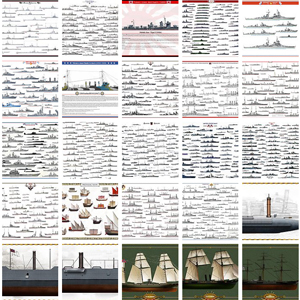
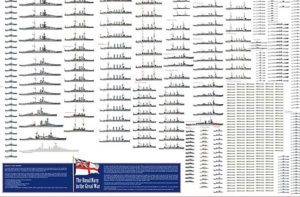
 French Navy
French Navy Royal Navy
Royal Navy Russian Navy
Russian Navy Armada Espanola
Armada Espanola Austrian Navy
Austrian Navy K.u.K. Kriegsmarine
K.u.K. Kriegsmarine Dansk Marine
Dansk Marine Nautiko Hellenon
Nautiko Hellenon Koninklije Marine 1870
Koninklije Marine 1870 Marinha do Brasil
Marinha do Brasil Osmanlı Donanması
Osmanlı Donanması Marina Do Peru
Marina Do Peru Marinha do Portugal
Marinha do Portugal Regia Marina 1870
Regia Marina 1870 Nihhon Kaigun 1870
Nihhon Kaigun 1870 Preußische Marine 1870
Preußische Marine 1870 Russkiy Flot 1870
Russkiy Flot 1870 Svenska marinen
Svenska marinen Søværnet
Søværnet Union Navy
Union Navy Confederate Navy
Confederate Navy Armada de Argentina
Armada de Argentina Imperial Chinese Navy
Imperial Chinese Navy Marinha do Portugal
Marinha do Portugal Mexico
Mexico Kaiserliche Marine
Kaiserliche Marine 1898 US Navy
1898 US Navy Sovietskiy Flot
Sovietskiy Flot Royal Canadian Navy
Royal Canadian Navy Royal Australian Navy
Royal Australian Navy RNZN Fleet
RNZN Fleet Chinese Navy 1937
Chinese Navy 1937 Kriegsmarine
Kriegsmarine Chilean Navy
Chilean Navy Danish Navy
Danish Navy Finnish Navy
Finnish Navy Hellenic Navy
Hellenic Navy Polish Navy
Polish Navy Romanian Navy
Romanian Navy Turkish Navy
Turkish Navy Royal Yugoslav Navy
Royal Yugoslav Navy Royal Thai Navy
Royal Thai Navy Minor Navies
Minor Navies Albania
Albania Austria
Austria Belgium
Belgium Columbia
Columbia Costa Rica
Costa Rica Cuba
Cuba Czechoslovakia
Czechoslovakia Dominican Republic
Dominican Republic Haiti
Haiti Hungary
Hungary Honduras
Honduras Estonia
Estonia Iceland
Iceland Eire
Eire Equador
Equador Iran
Iran Iraq
Iraq Latvia
Latvia Liberia
Liberia Lithuania
Lithuania Mandchukuo
Mandchukuo Morocco
Morocco Nicaragua
Nicaragua Persia
Persia San Salvador
San Salvador Sarawak
Sarawak Uruguay
Uruguay Venezuela
Venezuela Zanzibar
Zanzibar Warsaw Pact Navies
Warsaw Pact Navies Bulgaria
Bulgaria Hungary
Hungary

 Bundesmarine
Bundesmarine Dutch Navy
Dutch Navy Hellenic Navy
Hellenic Navy Marina Militare
Marina Militare Yugoslav Navy
Yugoslav Navy Chinese Navy
Chinese Navy Indian Navy
Indian Navy Indonesian Navy
Indonesian Navy JMSDF
JMSDF North Korean Navy
North Korean Navy Pakistani Navy
Pakistani Navy Philippines Navy
Philippines Navy ROKN
ROKN Rep. of Singapore Navy
Rep. of Singapore Navy Taiwanese Navy
Taiwanese Navy IDF Navy
IDF Navy Saudi Navy
Saudi Navy Royal New Zealand Navy
Royal New Zealand Navy Egyptian Navy
Egyptian Navy South African Navy
South African Navy






























 Ukrainian Navy
Ukrainian Navy dbodesign
dbodesign